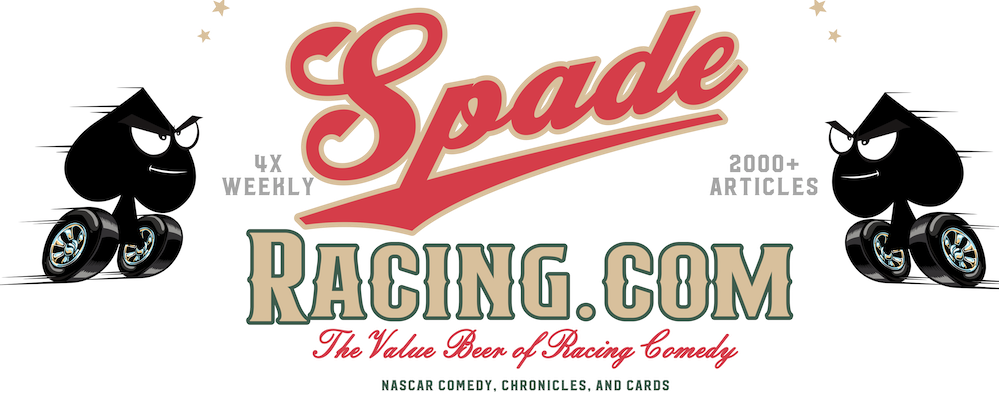Next weekend will be the final race for Furniture Row Racing, a team which rose from obscurity to become the 2017 Cup Champions on the backs of driver Martin Truex Jr., crew chief Cole Pearn, and team owner Barney Visser. Here’s a look back at the team’s major highlights:
 |
| From ugly paint scheme... |
2006: The team competes full-time for the first time. While a team running out of Colorado was seen as bizarre at the time, they did manage to fit in by doing what all first-time teams do—failing to qualify for about half its races and running a hideous paint scheme.
2008: FRR runs with a single driver for the entire season for the first time as Joe Nemechek pilots them to a 42nd place points finish. Highlights include three top 20 finishes and resisting the urge to hire Kevin Conway.
2011: Furniture Row has a breakout year with driver Regan Smith posting the team’s first-ever win at Darlington. He beats out Carl Edwards for the feel-good win, something it seemed like EVERYBODY did that year.
2013: The hiring of Kurt Busch provides clear dividends as the team posts several top-five finishes, contends for wins, and comes home 10th place in points. Furthermore, Busch provides plenty of laughs around the sport with repeat viewings of “The Outlaw” documentary.
 |
| ...to no paint scheme |
2015: Martin Truex Jr. returns the team to victory lane at Pocono and finishes an amazing fourth in the final points standings. Fans have to be reminded constantly that, technically, FRR was a satellite team of Richard Childress Racing, and not the other way around.
2017: Furniture Row Racing peaks as Martin Truex Jr. wins the Cup championship on the back of eight wins. Meanwhile, Erik Jones shows promise in a second car, coming home 19th in points in his rookie campaign. Equipment provider Joe Gibbs Racing, embarrassed at being outperformed by a “satellite team”, ominously puts “Project Kvapil” into effect.
2018: 5-Hour Energy announces it will depart FRR, setting in motion a chain of events that would lead to the team’s demise. Nascar experts pretend to be surprised that something as small as losing millions of dollars in outside sponsorship would cause a team to shut down.

